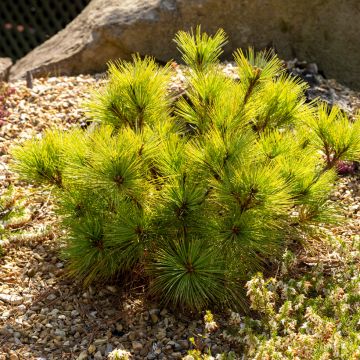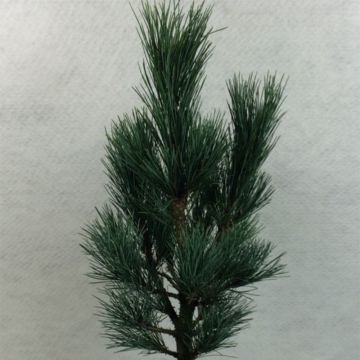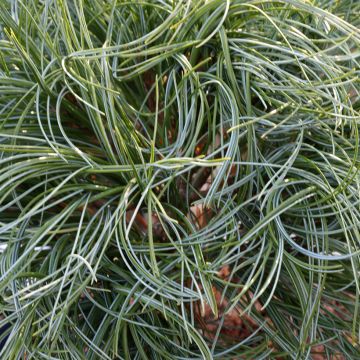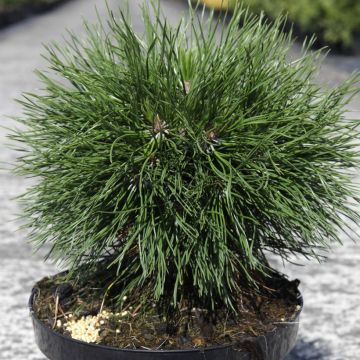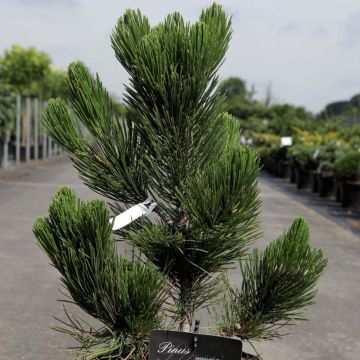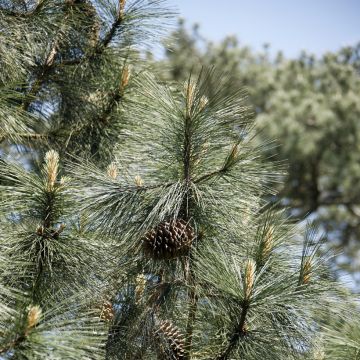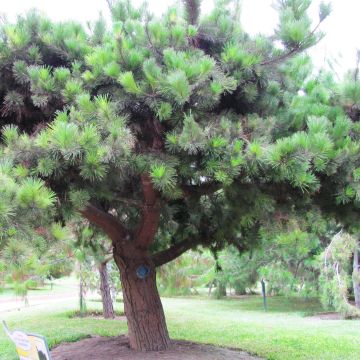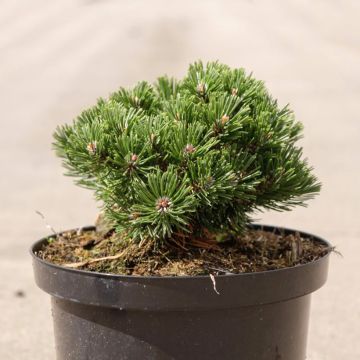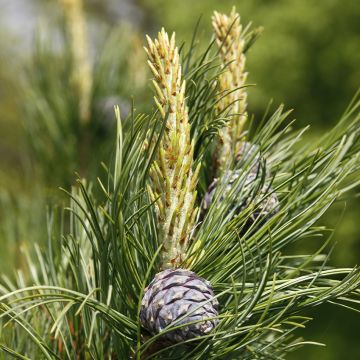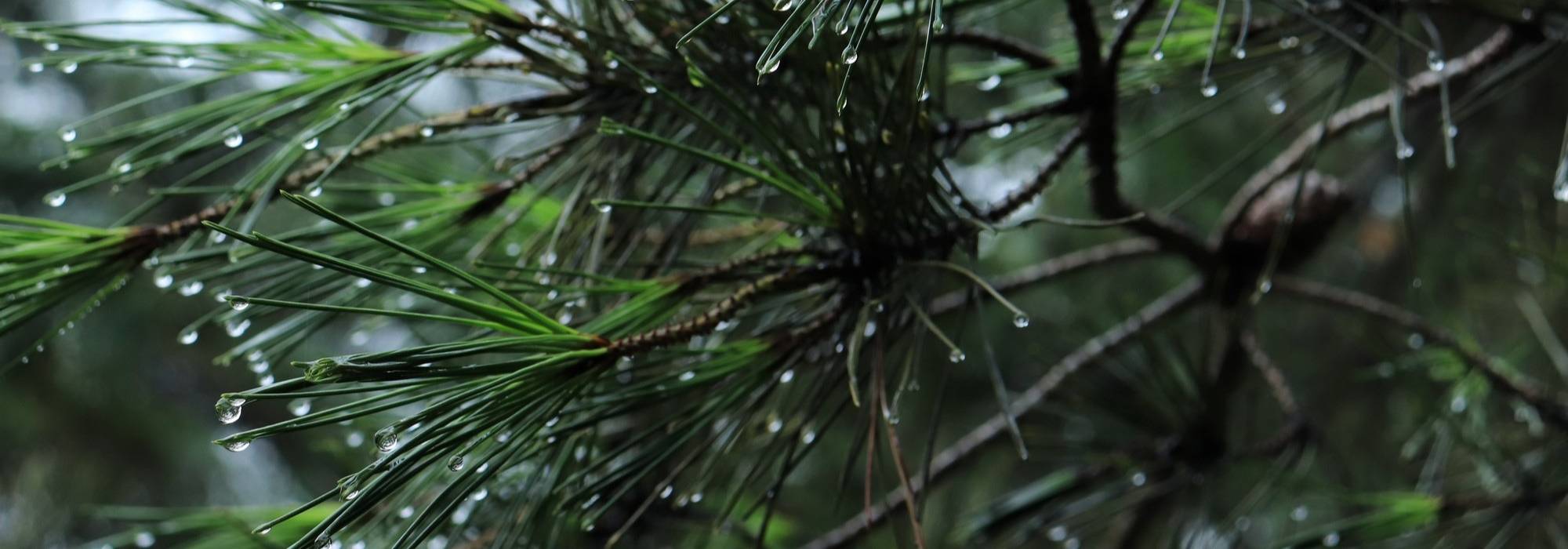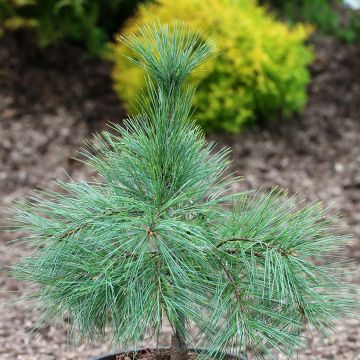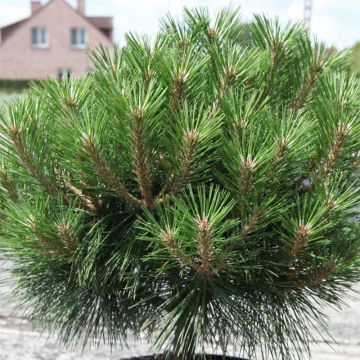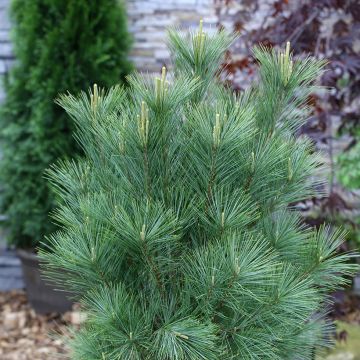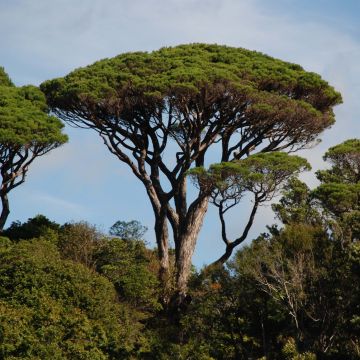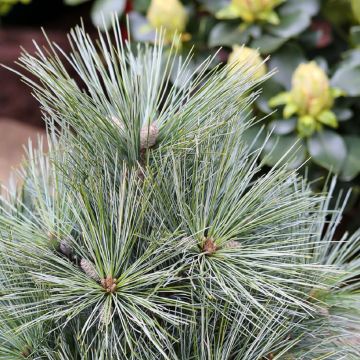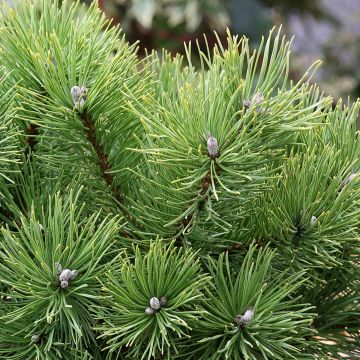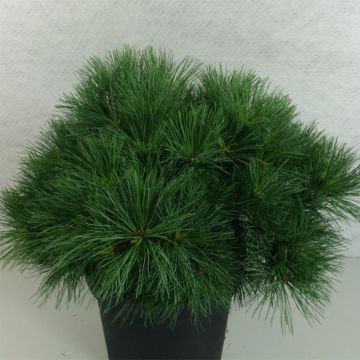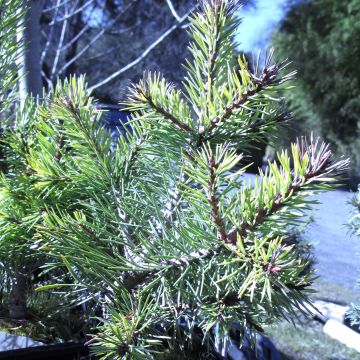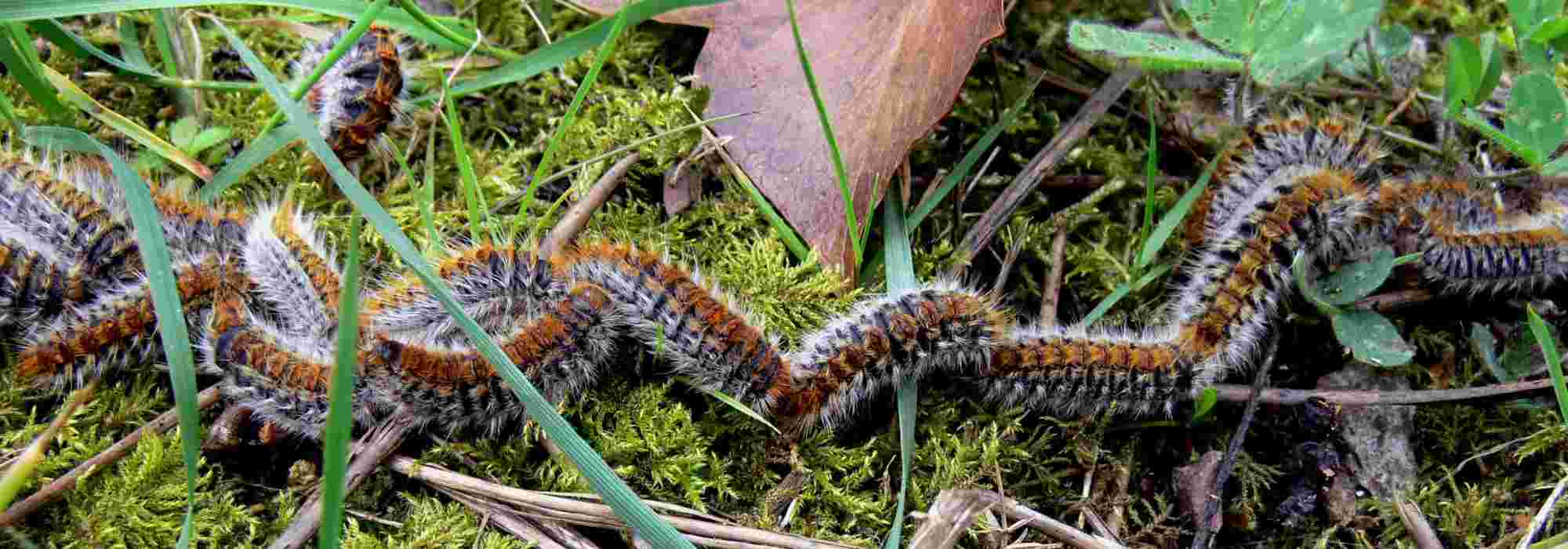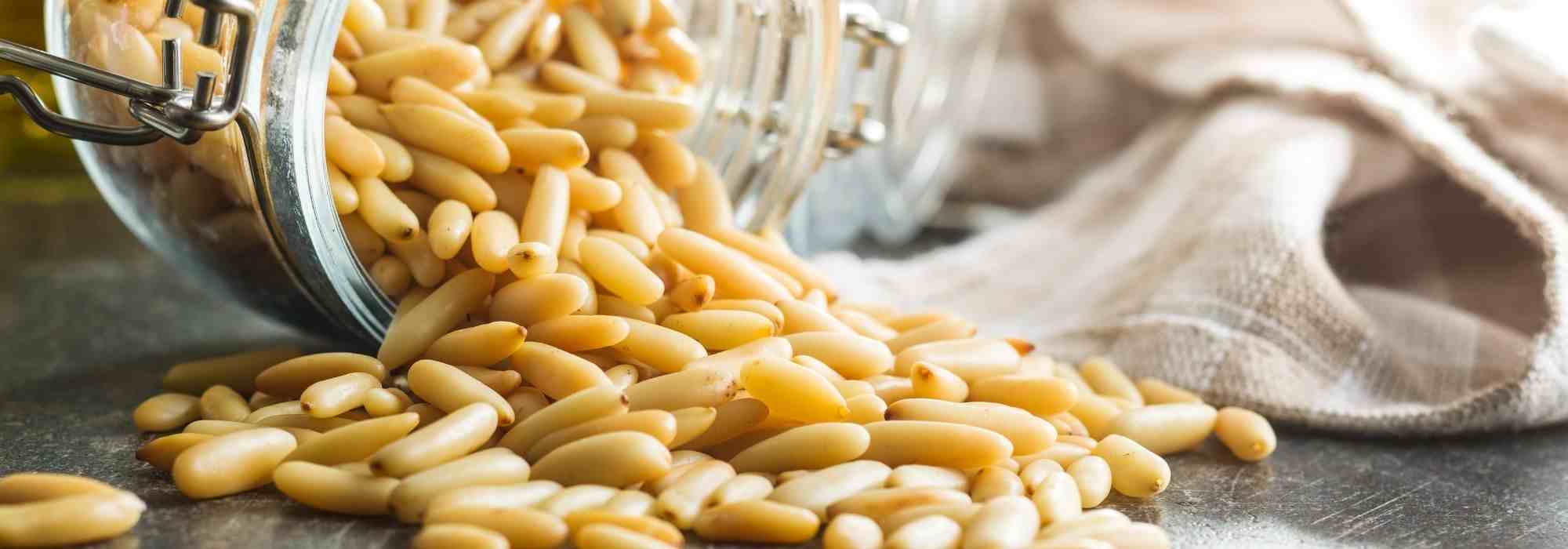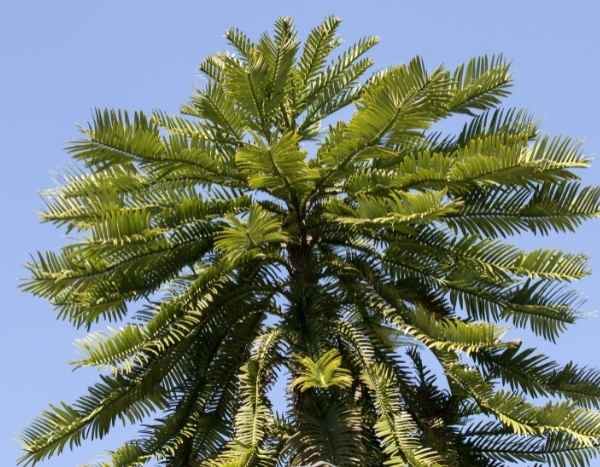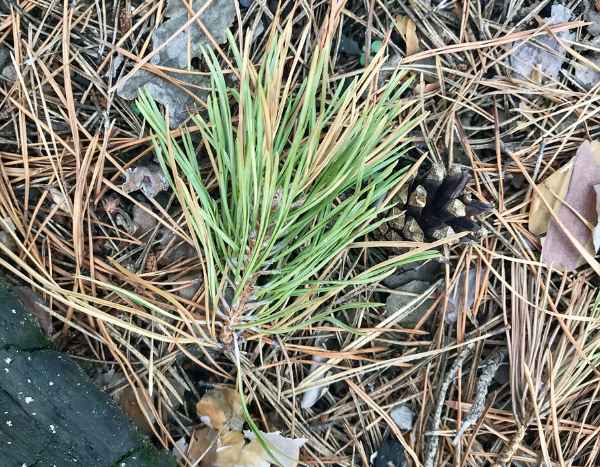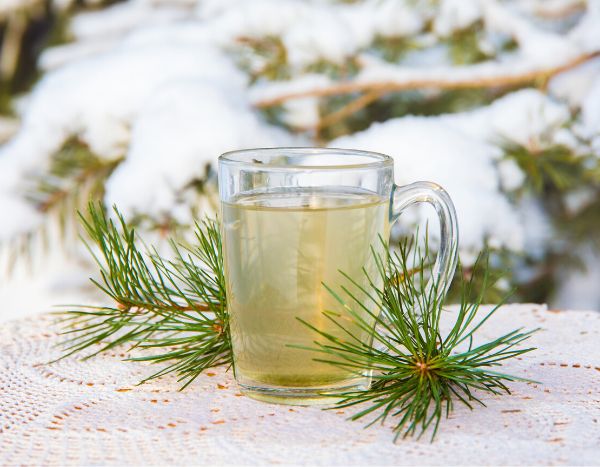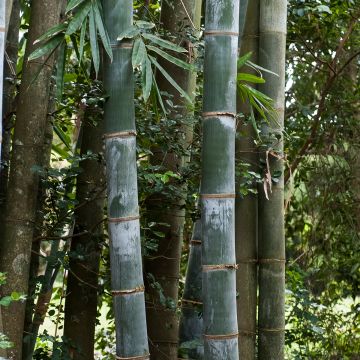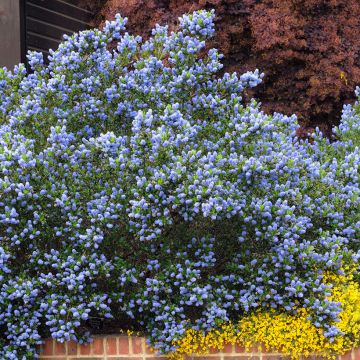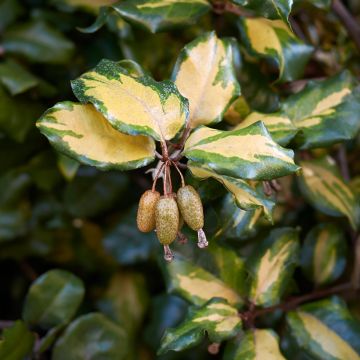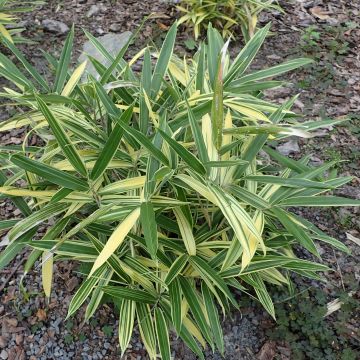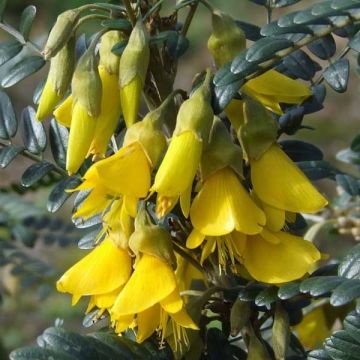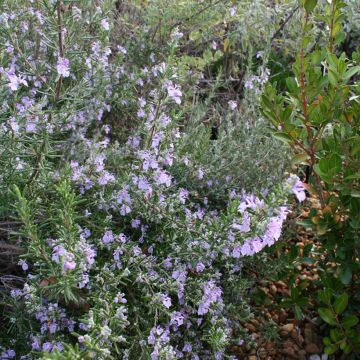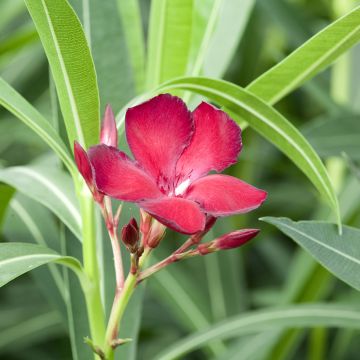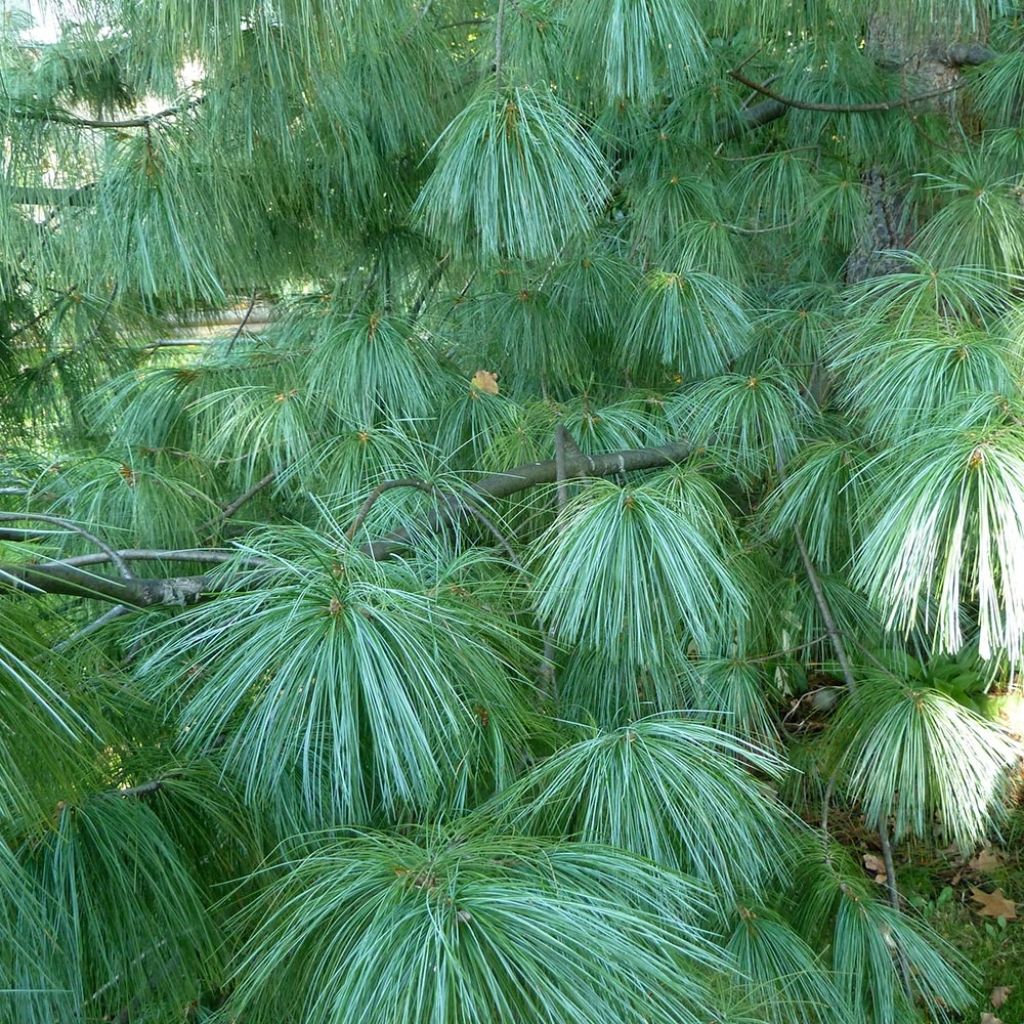

Pinus wallichiana - Bhutan Pine
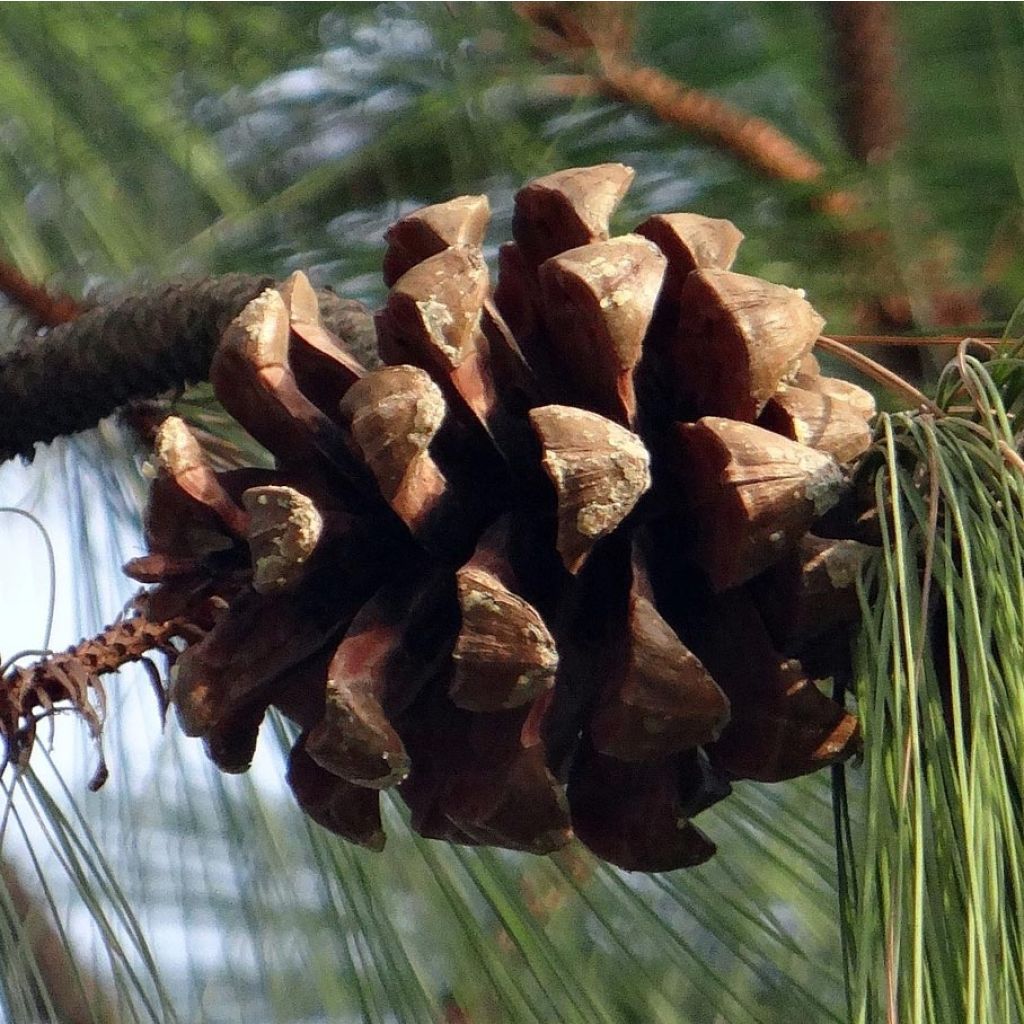

Pinus wallichiana - Bhutan Pine
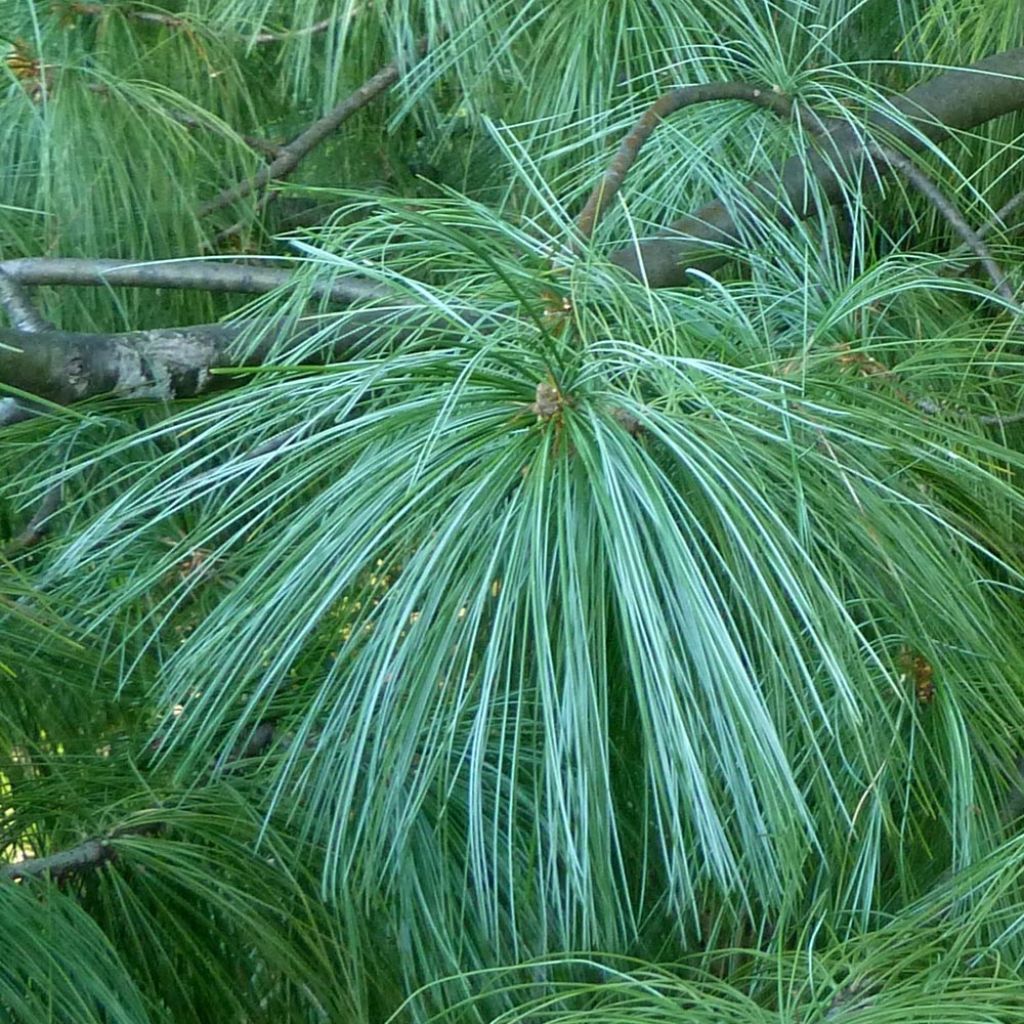

Pinus wallichiana - Bhutan Pine
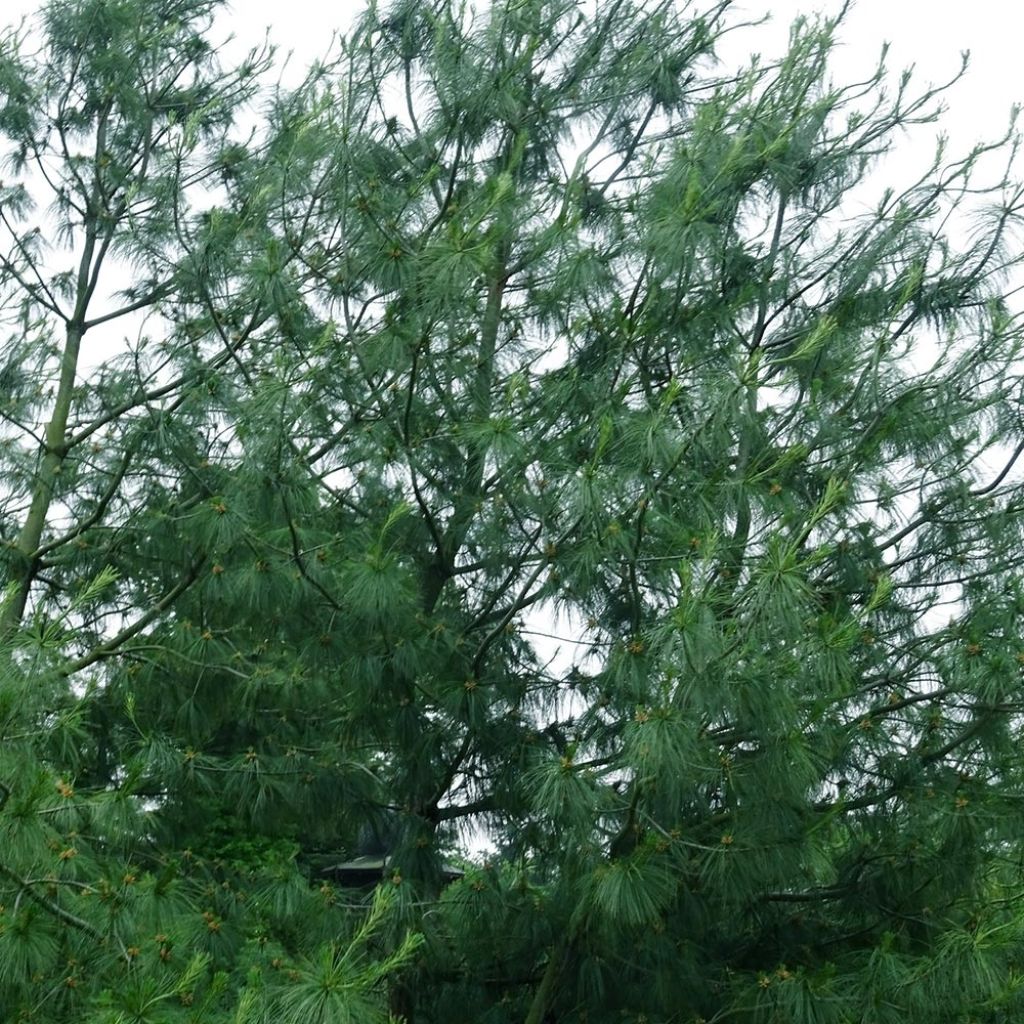

Pinus wallichiana - Bhutan Pine
Pinus wallichiana - Bhutan Pine
Pinus wallichiana
Bhutan Pine, Himalayan Pine, Blue Pine, Himalayan White Pine
A beautiful tree that holds great promise.
Laure, 21/02/2025
Special offer!
Receive a €20 voucher for any order over €90 (excluding delivery costs, credit notes, and plastic-free options)!
1- Add your favorite plants to your cart.
2- Once you have reached €90, confirm your order (you can even choose the delivery date!).
3- As soon as your order is shipped, you will receive an email containing your voucher code, valid for 3 months (90 days).
Your voucher is unique and can only be used once, for any order with a minimum value of €20, excluding delivery costs.
Can be combined with other current offers, non-divisible and non-refundable.
Why not try an alternative variety in stock?
View all →This plant carries a 24 months recovery warranty
More information
We guarantee the quality of our plants for a full growing cycle, and will replace at our expense any plant that fails to recover under normal climatic and planting conditions.
Would this plant suit my garden?
Set up your Plantfit profile →
Description
Pinus wallichiana formerly known as Pinus griffithii or Pinus excelsa has a majestic weeping silhouette and very soft grey green to glaucous blue needles. Fast-growing and of medium stature, it quickly forms a splendid subject of 3 to 4 m (10 to 13ft) in 10 years with a relatively dense conical shape. Over time, its lower branches stretch horizontally, offering a wide, light and transparent silhouette. It is also appreciated for the beauty of its grey-blue foliage, sometimes more light green, with fine pendulous needles which hang under their own weight. These are of exceptional length reaching 15 to 20 cm (6 to 8in), giving the branches a very romantic appearance. This species produces long pendant arched resinous cones the size of a banana which are very decorative due to their shape and glaucous frosted colour before turning caramel. This conifer deserves a prime location in the garden, as a specimen. It is undemanding and low maintenance, preferring sun and well-drained moist soil. It is also very resistant to the cold to -28°C (1°F) and pollution.
Pinus wallichiana, also known as Himalayan weeping pine, is one of the rare pines with needles grouped in fives on short shoots - usually pines have two needles - just like the Eastern white pine (Pinus strobus) and the Japanese white pine (Pinus parviflora). This conifer is a plant of the Pinaceae family native to forests in the Himalayan arc from Afghanistan to Myanmar. It generally grows from valleys up to 2700 m (8858ft) in altitude, alone or mixed with other conifers such as the Deodar cedar (Cedrus deodara) or the Eastern Himalayan fir (Abies spectabilis). In its natural environment with moist and deep soil, this species can reach a height of 45 to 50 m (148 to 164ft) with a rounded top and low branches bending down to the ground. The tree has smooth grey bark that becomes scaly and dark brown, while the sturdy branches are olive green. The cylindrical buds are conical. Its leaves are among the longest of all pines, measuring between 10 and 20 cm (4 and 8in) in length, which makes them completely pendulous along the branch, unlike the upright leaves of Pinus strobus. Their colour varies from grey-green to glaucous blue. The very elongated cones, 10-30 cm (4-12in) long, often appear grouped on the branch. Their greenish-white colour evolves to light brown at maturity, while the scales spread apart to release the seeds. They are sticky due to the resin in them.
The sparse crown and flexible needles swaying in the wind form a transparent curtain and a light shade that is appreciated in rainy regions. The Himalayan weeping pine has the advantage of being highly resistant to urban pollution, being hardy and maintaining a modest size in cultivation, typically around 20-25 m (66-82ft) at maturity. However, it does not tolerate limestone or drought and heat well.
The Himalayan weeping pine can be seen in parks as well as medium-sized gardens in sufficiently wet regions. It can be planted as a specimen or in a group. It also works well in a Japanese garden, and compliments large stones, geometric lines of pools of water, and architectural structures. It can be associated with grasses or with a variety of dwarf conifers such as the prostrate conifer (Juniperus horizontalis Blue Chip), the rounded conifer (Picea abies Little Gem), or the columnar conifer (Juniperus communis 'Sentinel'). The distinctive shape of conifers allow them to work well in the design of a contemporary garden, which prefers the aesthetics of shapes, silhouettes, and textures over a mix of many flowers. These plants can structurally define a bed, mark pathways, border terraces and easily replace the trimmed boxwood or holly. The key is to play with volumes and colours.
Pinus wallichiana - Bhutan Pine in pictures
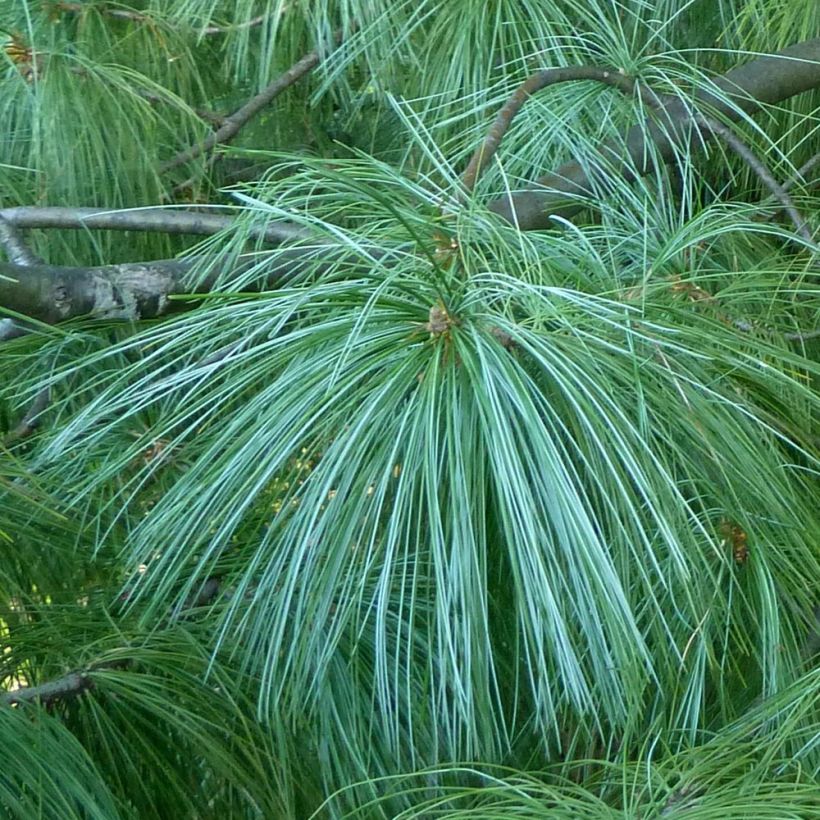

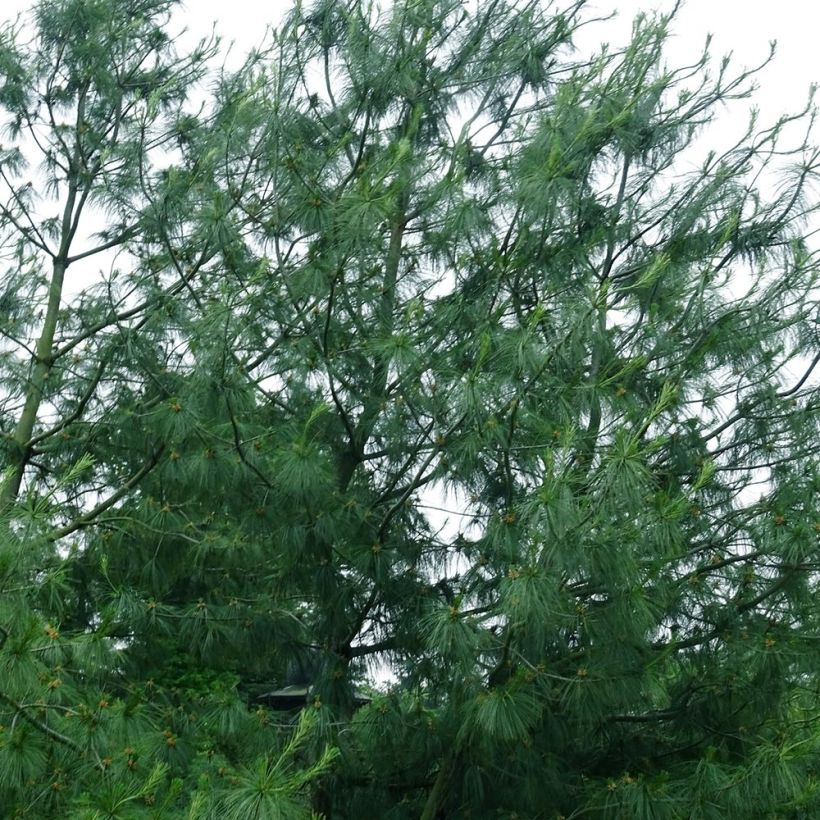

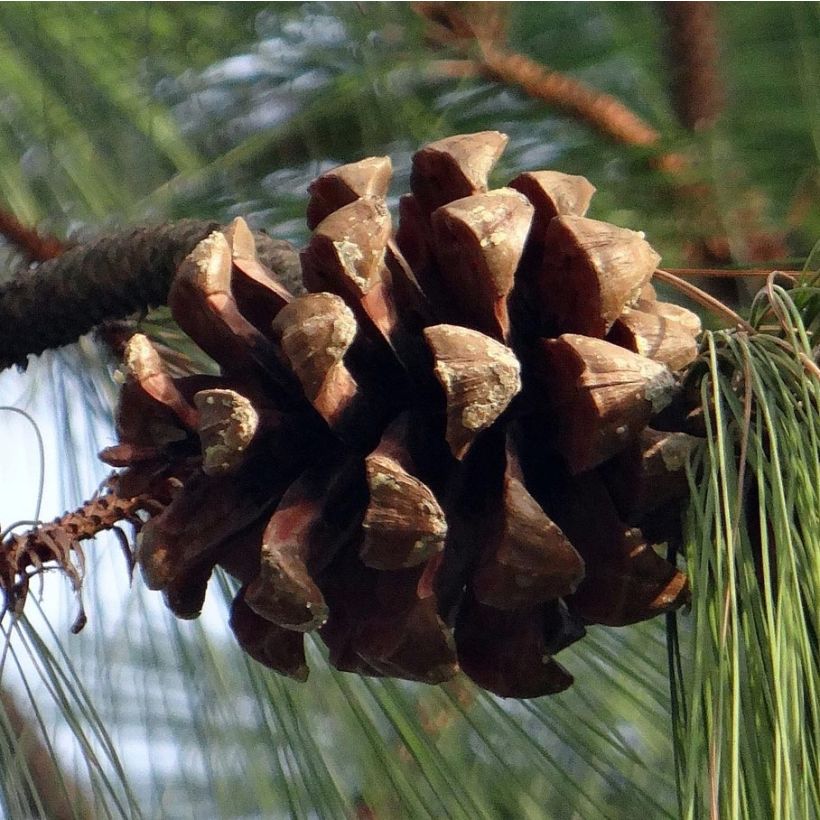

Plant habit
Flowering
Foliage
Botanical data
Pinus
wallichiana
Pinaceae
Bhutan Pine, Himalayan Pine, Blue Pine, Himalayan White Pine
West Asia
Other Pinus - Pine
View all →Planting and care
The Pinus wallichiana is planted from September to November and from February to June in ordinary soil, rather moist and deep, even polluted and well-drained. Choose a sunny location or, at worst, partially shaded in hot climates. Soak the root balls well before planting. Add organic amendment at planting and water generously for the first two years, and in case of prolonged drought. In very poor soil, optionally apply a special conifer fertilizer every year in April and cultivate the soil in summer. This very hardy conifer (down to at least -25°C) is not afraid of wind, adapts to poor soils, but dreads waterlogged soils in winter and summer heatwaves.
Planting period
Intended location
Care
Planting & care advice
-
, onOrder confirmed
Reply from on Promesse de fleurs
Similar products
Haven't found what you were looking for?
Hardiness is the lowest winter temperature a plant can endure without suffering serious damage or even dying. However, hardiness is affected by location (a sheltered area, such as a patio), protection (winter cover) and soil type (hardiness is improved by well-drained soil).

Photo Sharing Terms & Conditions
In order to encourage gardeners to interact and share their experiences, Promesse de fleurs offers various media enabling content to be uploaded onto its Site - in particular via the ‘Photo sharing’ module.
The User agrees to refrain from:
- Posting any content that is illegal, prejudicial, insulting, racist, inciteful to hatred, revisionist, contrary to public decency, that infringes on privacy or on the privacy rights of third parties, in particular the publicity rights of persons and goods, intellectual property rights, or the right to privacy.
- Submitting content on behalf of a third party;
- Impersonate the identity of a third party and/or publish any personal information about a third party;
In general, the User undertakes to refrain from any unethical behaviour.
All Content (in particular text, comments, files, images, photos, videos, creative works, etc.), which may be subject to property or intellectual property rights, image or other private rights, shall remain the property of the User, subject to the limited rights granted by the terms of the licence granted by Promesse de fleurs as stated below. Users are at liberty to publish or not to publish such Content on the Site, notably via the ‘Photo Sharing’ facility, and accept that this Content shall be made public and freely accessible, notably on the Internet.
Users further acknowledge, undertake to have ,and guarantee that they hold all necessary rights and permissions to publish such material on the Site, in particular with regard to the legislation in force pertaining to any privacy, property, intellectual property, image, or contractual rights, or rights of any other nature. By publishing such Content on the Site, Users acknowledge accepting full liability as publishers of the Content within the meaning of the law, and grant Promesse de fleurs, free of charge, an inclusive, worldwide licence for the said Content for the entire duration of its publication, including all reproduction, representation, up/downloading, displaying, performing, transmission, and storage rights.
Users also grant permission for their name to be linked to the Content and accept that this link may not always be made available.
By engaging in posting material, Users consent to their Content becoming automatically accessible on the Internet, in particular on other sites and/or blogs and/or web pages of the Promesse de fleurs site, including in particular social pages and the Promesse de fleurs catalogue.
Users may secure the removal of entrusted content free of charge by issuing a simple request via our contact form.
The flowering period indicated on our website applies to countries and regions located in USDA zone 8 (France, the United Kingdom, Ireland, the Netherlands, etc.)
It will vary according to where you live:
- In zones 9 to 10 (Italy, Spain, Greece, etc.), flowering will occur about 2 to 4 weeks earlier.
- In zones 6 to 7 (Germany, Poland, Slovenia, and lower mountainous regions), flowering will be delayed by 2 to 3 weeks.
- In zone 5 (Central Europe, Scandinavia), blooming will be delayed by 3 to 5 weeks.
In temperate climates, pruning of spring-flowering shrubs (forsythia, spireas, etc.) should be done just after flowering.
Pruning of summer-flowering shrubs (Indian Lilac, Perovskia, etc.) can be done in winter or spring.
In cold regions as well as with frost-sensitive plants, avoid pruning too early when severe frosts may still occur.
The planting period indicated on our website applies to countries and regions located in USDA zone 8 (France, United Kingdom, Ireland, Netherlands).
It will vary according to where you live:
- In Mediterranean zones (Marseille, Madrid, Milan, etc.), autumn and winter are the best planting periods.
- In continental zones (Strasbourg, Munich, Vienna, etc.), delay planting by 2 to 3 weeks in spring and bring it forward by 2 to 4 weeks in autumn.
- In mountainous regions (the Alps, Pyrenees, Carpathians, etc.), it is best to plant in late spring (May-June) or late summer (August-September).
The harvesting period indicated on our website applies to countries and regions in USDA zone 8 (France, England, Ireland, the Netherlands).
In colder areas (Scandinavia, Poland, Austria...) fruit and vegetable harvests are likely to be delayed by 3-4 weeks.
In warmer areas (Italy, Spain, Greece, etc.), harvesting will probably take place earlier, depending on weather conditions.
The sowing periods indicated on our website apply to countries and regions within USDA Zone 8 (France, UK, Ireland, Netherlands).
In colder areas (Scandinavia, Poland, Austria...), delay any outdoor sowing by 3-4 weeks, or sow under glass.
In warmer climes (Italy, Spain, Greece, etc.), bring outdoor sowing forward by a few weeks.






























